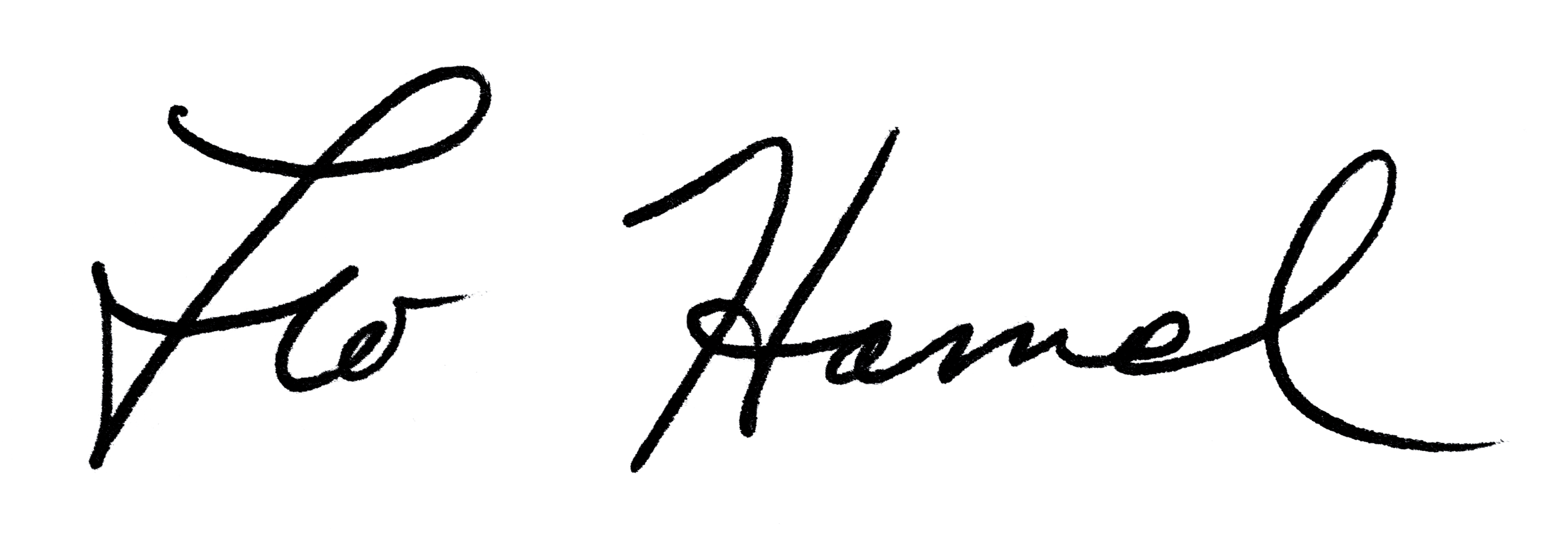
Leo Hamel Fine Jewelers Policy Letter
Consignments
Occasionally, we take in consignments from customers to sell in our retail store. A consignment occurs when a customer leaves an item with us to be put up for sale in our retail store and we agree to pay them a certain dollar amount once their item is sold to a retail customer. If the consignment does not sell after the agreed upon time, then the customer can pick up their item or a cash offer can be made to buy it outright.
Many consignments come to us in our retail location from existing retail customers. When this occurs, the Inventory Department works directly with the customer to determine if we want to put the item on consignment and for what price.
Sometimes, a consignment comes from a buy customer who really wanted more for their item than our estate buyer could pay and are just not in a hurry to get the money. In this case, the estate buyer can suggest that the customer consign their item to our retail store, as long as it is something that the Inventory Department thinks that we can sell for an acceptable profit. When this comes up during a buy in a remote office, the estate buyer will send the customer with their item to our Old Town location. If they are in the Old Town office, the buyer will immediately get someone from Inventory to help them with the consignment.
Referring these buy customers is beneficial because it gives the customer the opportunity to sell the item for the price they want and the retail store gets sellable merchandise in stock without tying up money. Estate buyers who refer buy customer consignments to the retail store will now get a 1% commission on the AGP (net of credit card fees and any other commissions to be paid on the sale), if and when the item sells.
The Consignment Procedure
- Consigned merchandise must be taken only if it is a good deal, for what it is.
- Consignment forms must be filled out completely with correct name, address, and phone number of the customer. Consignment form must be signed by the customer with the copy given to the customer and the original kept for our files.
- Verify whether the customer already has a file in Business Mind and if not, create a new file. Enter all relevant information about the consignment in Notes.
- Price and full description of the item must be filled in on the consignment form and in Business Mind (serial #, metal, karat, carat, dimensions (if it is a stone), plot of inclusion (on a diamond), any designer brand, etc.). All of the usual testing that we would do for any buy should be completed so that we know exactly what the item is that is being consigned, and the customer cannot claim that anything was switched if the item has to be returned to them.
- If the customer was referred by an estate buyer, then the buyer’s name is written onto the consignment form for commission payment.
- Watches that are taken in must go through our service department to determine if a service is needed. If the watch does need a service, then the customer must be informed of the price of the service and agree to pay us for the service if they decide to pick up the watch before it sells. If the watch sells in the store, the customer does not have to pay for the service. This must be written out on the consignment form. The cost of the service will be added to the cost of the consignment in Business Mind, and Accounting must be sure not to include that amount when paying the customer for the consignment.
- If the consignment sells, then the Inventory Department will mark the consignment as sold and route the form to the Accounting Department so that a check can be processed and mailed to the customer.
- The Accounting Department will ensure that the referring estate buyer receives the 1% commission on the sale.
- If the consignment does not sell after six months, then the customer will be contacted by the Inventory Department to ask if they would like to pick up their item, lower their consignment price, or sell their item to the store at a lower price.
